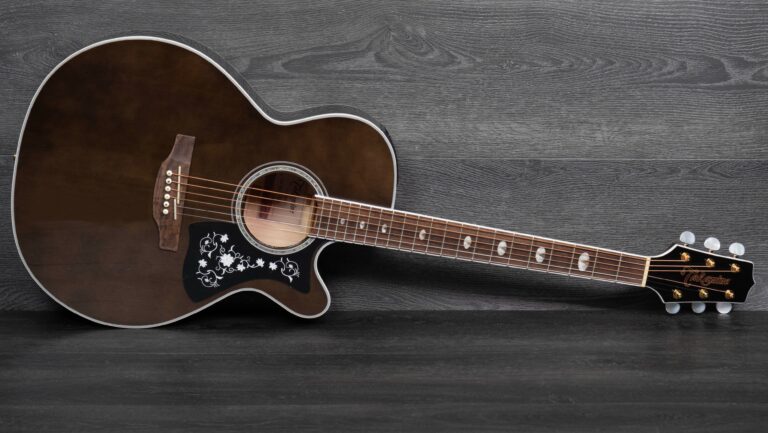
Japan’s guitar-making legacy is a fascinating blend of tradition, precision, and quiet innovation—crafted not for global fanfare but for the discerning player who values the marriage of wood, wire, and soul. While names like Ibanez or Yamaha might ring familiar, their most compelling stories often lie beneath the surface. Here’s a closer look at five iconic Japanese brands, their hidden histories, and how you can own a piece of this legacy—even if you’re oceans away.
1. Ibanez: The Rebel That Redefined Electric Guitars
Born in 1908 as a sheet-music importer, Ibanez didn’t start building guitars until the 1930s—but its true breakthrough came in the 1970s. Facing a slump in American guitar quality, Ibanez boldly replicated Fender and Gibson designs so accurately that it triggered the infamous “Lawsuit Era.” Gibson sued them in 1977 over their Les Paul copies, forcing Ibanez to innovate or disappear. They chose innovation. The result? Groundbreaking originals like the RG and JEM series (designed with Steve Vai), featuring razor-thin necks, ergonomic cuts, and the first 24-fret guitar for shredders. Today, their Prestige line—handmade in Japan—rivals custom-shop American builds at half the price. Few know that early Ibanez models were secretly crafted by Fujigen, a workshop later revered for its Fender Japan collaborations.
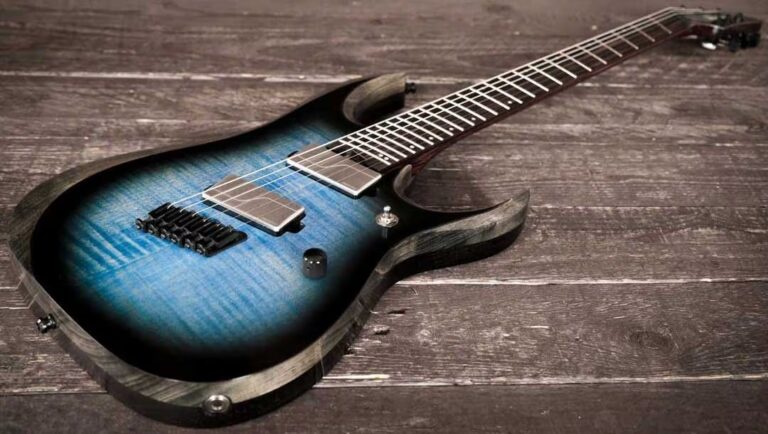
2. Yamaha: Where Sustainability Meets Sonic Perfection
Yamaha’s story begins in 1887 as a reed-organ maker, but its guitar division didn’t emerge until the 1940s. What sets them apart? An almost spiritual approach to materials. Since the 1960s, Yamaha has sourced tonewoods from sustainably managed forests, air-drying spruce and mahogany for up to five years—never kiln-dried—to preserve natural resonance. This painstaking process birthed icons like the FG Series acoustics, praised for their balanced warmth. But Yamaha’s genius extends beyond tradition: their Silent Guitar series (electro-acoustic with no soundhole) lets you practice anywhere without disturbing others—a feat of engineering born from Tokyo’s space-conscious apartments.
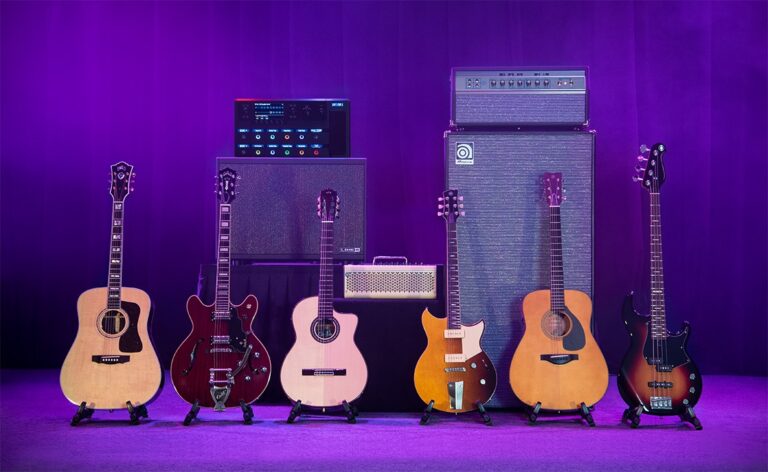
⚔️ 3. ESP: Hand-Forged for Heavy Music
Founded in Tokyo in 1975 as a custom-parts shop, ESP’s rise parallels metal’s golden age. Its founder, Hisatake Shibuya, noticed American rockers modifying cheap guitars—so he started crafting premium replacement necks and bodies. By the 1980s, ESP was building full guitars for Metallica, George Lynch, and other titans. Their secret? Shou Sugi Ban—an ancient Japanese wood-charring technique—applied to mahogany necks to enhance sustain and stability. While their LTD line targets mid-tier buyers, ESP’s Custom Shop in Nakano produces only 500 guitars yearly, each hand-signed by the luthier. One hidden gem: the E-II Horizon, a lightweight metal machine with a nitro finish that ages like whiskey.
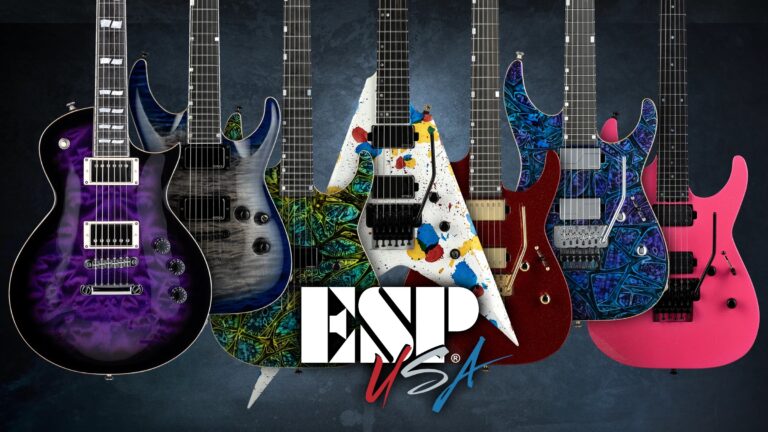
4. Fender Japan: The “Lost” Golden Age
Few realize that some of Fender’s most collectible Strats and Teles weren’t born in California—but in Japan. In 1982, Fender partnered with Fujigen and Dyna Gakki to cut costs, unknowingly launching a golden era. These Made-in-Japan (MIJ) guitars replicated 1950s/60s specs with obsessive detail: vintage-radius fretboards, ash bodies, and lacquer finishes unavailable on American models. Players cherish them for their “sweeter” tone (less bite than U.S. Fenders) and flawless fretwork. When Fender ended the Fujigen contract in 1997, leftover parts were used for the “J-Craft” line—rare hybrids now auctioned for triple their original price. Today, 80s MIJ Fenders dominate Tokyo’s vintage shops, often priced 40% lower than Reverb listings.
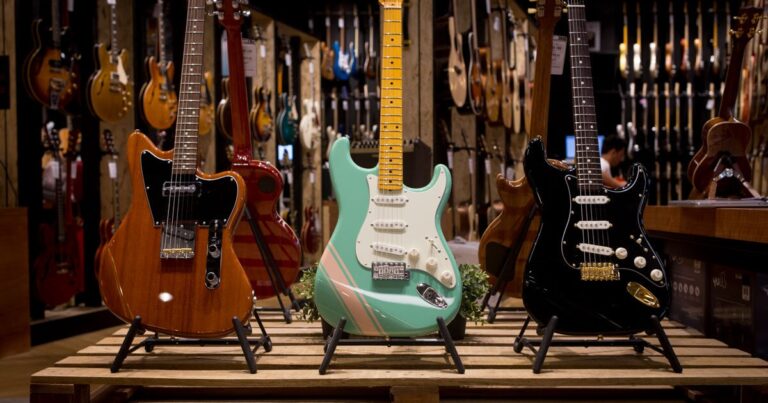
️ 5. Takamine: The Underdog of Acoustic Innovation
Takamine began in 1962 as a small workshop near Mount Takamine but struggled until the 1970s, when luthier Mass Hirade reinvented their acoustics to rival Martin. Their breakthrough? The “Palathetic” undersaddle pickup—a patented system capturing string vibration without quacky piezo tones. It became the industry standard, used by Bruce Springsteen and Garth Brooks. But Takamine’s true masterpiece is the “Kojima” LTD, an all-koa acoustic built in collaboration with Kyoto’s Kojima Shoten—a 200-year-old wood dealer supplying temples. Only 20 exist yearly, sold exclusively in Japan via lottery.
✨ Rakufun: Your Bridge to Japan’s Hidden Guitars
As a dedicated Japan-based proxy service, Rakufun focus on making Japanese guitars accessible globally without complications. Our core advantages are straightforward: zero service fees, reliable worldwide shipping, and full English-language support. Just search the guitar you want via Rakufun and place your order. Our team will purchase it for you and it will arrive our warehouse. Then you can ship it to your door!
Final Note: More Than an Instrument
A Japanese guitar carries monozukuri (物作り)—the art of perfecting objects. When you unbox a Fujigen-built Fender or ESP Custom, you’re holding a luthier’s legacy. Rakufun doesn’t just ship guitars; they steward stories.
Ready to begin your hunt? Explore curated Japanese guitars at Rakufun’s Guitar Portal, where access meets authenticity.
Rakufun simplifies Japanese proxy shopping and global shipping, your all-in-one app for a seamless, fee-free experience:https://blog.rakufun.com/?p=9623

